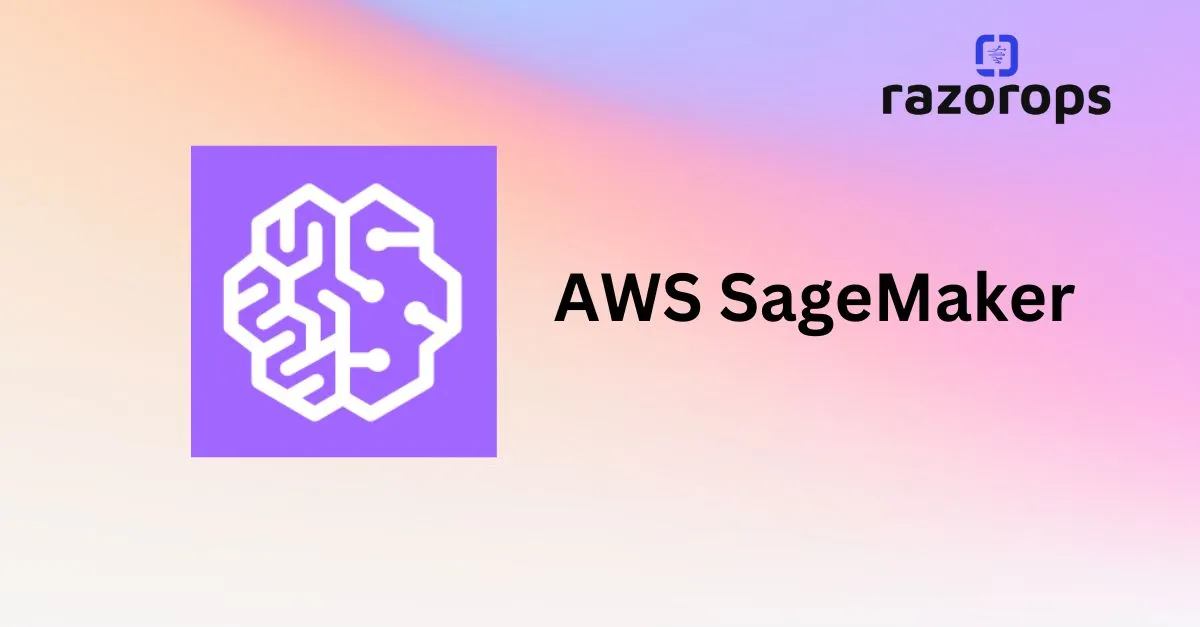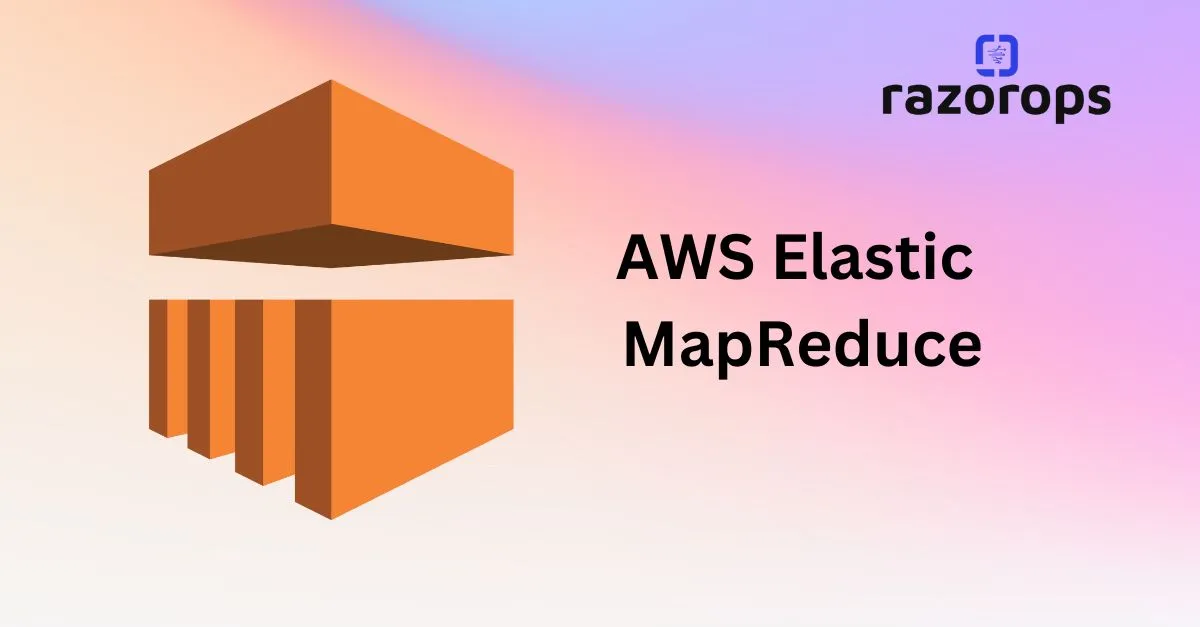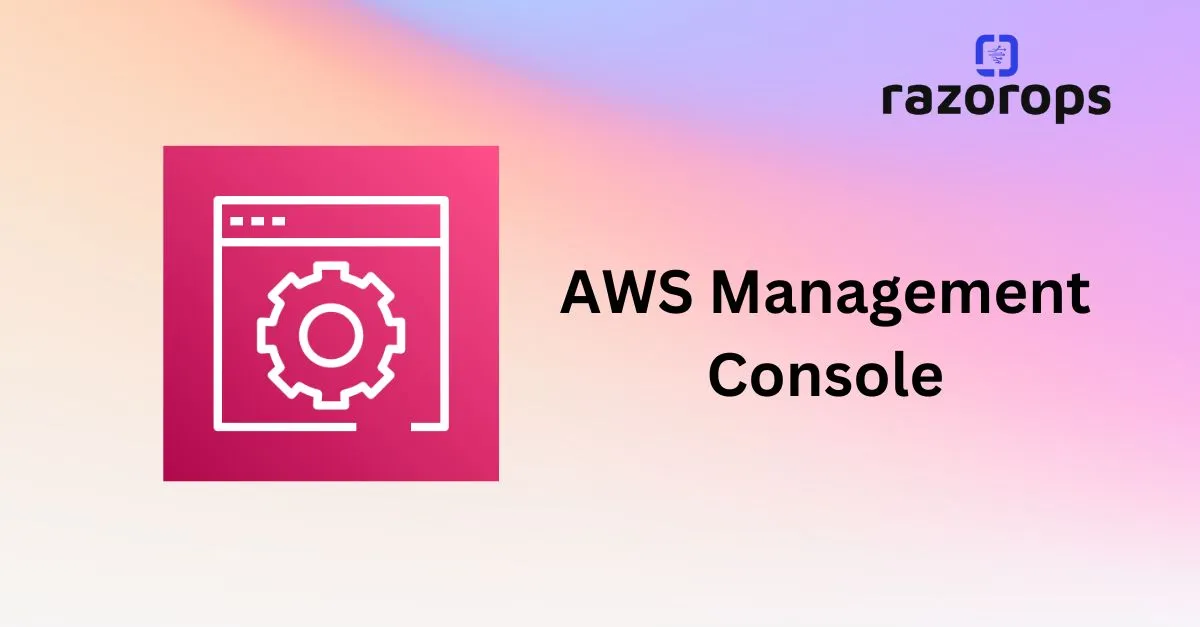AWS Glue

AWS Glue, a fully managed, serverless data integration service, plays a crucial role in simplifying ETL (Extract, Transform, Load) workflows. It automates data discovery, schema inference, and job scheduling, allowing businesses to build scalable and cost-effective data pipelines.
In this blog, we will explore AWS Glue’s features, use cases, benefits, and best practices to help you master this powerful tool.
What is AWS Glue?
AWS Glue is a serverless data integration service that enables users to prepare, clean, and transform data for analytics, machine learning, and application development. It simplifies the ETL process by providing a managed environment with minimal operational overhead.
Key Capabilities of AWS Glue:
✅ Serverless Architecture – No infrastructure management, auto-scaling based on demand.
✅ Built-in Data Catalog – Centralized metadata repository for data lakes.
✅ Automatic Schema Discovery – Crawlers identify and classify data sources.
✅ Flexible Data Transformation – Supports Apache Spark and Python-based ETL scripts.
✅ Job Scheduling and Orchestration – Automates ETL workflows.
✅ Integration with AWS Services – Works seamlessly with Amazon S3, Redshift, Athena, and more.
Core Components of AWS Glue
🔹 AWS Glue Data Catalog
A centralized metadata repository that stores table definitions, schema versions, and data source information. It enables easy data discovery and query optimization.
🔹 AWS Glue Crawlers
Automated services that scan data sources (S3, RDS, DynamoDB, etc.), infer schemas, and populate the Glue Data Catalog, making datasets easily accessible.
🔹 AWS Glue ETL Jobs
A job in AWS Glue extracts data, applies transformations, and loads it into a target destination. AWS Glue supports Spark (Scala/Python) and Python shell jobs.
🔹 AWS Glue Triggers
Event-driven triggers automate job execution based on time schedules or specific conditions.
🔹 AWS Glue Studio
A visual interface to create and manage ETL jobs with drag-and-drop capabilities, reducing the need for complex scripting.
Top Use Cases for AWS Glue
🔸 Data Lake Processing – Integrate and transform data stored in Amazon S3 for analytics with Amazon Athena, Redshift, or EMR.
🔸 Data Warehousing – Automate data movement into Amazon Redshift, ensuring structured data for BI tools.
🔸 Streaming Data Processing – Process real-time data from Amazon Kinesis and load it into S3 or Redshift.
🔸 Machine Learning Pipelines – Prepare and transform data for ML models in Amazon SageMaker.
🔸 Log and Event Processing – Parse and enrich logs for security, monitoring, and compliance analysis.
Best Practices for AWS Glue Implementation
✅ Optimize Data Storage with Partitioning – Use partitioning to reduce the amount of scanned data and improve query performance.
✅ Leverage AWS Glue Job Bookmarks – Enable job bookmarks to process only new or changed data, preventing unnecessary reprocessing.
✅ Use Dynamic Frames for Flexibility – DynamicFrames provide schema flexibility and handle semi-structured data efficiently.
✅ Enable Auto-Scaling for Cost Efficiency – AWS Glue can scale resources dynamically, minimizing costs while ensuring performance.
✅ Optimize Spark Performance – Tune Spark configurations, optimize transformations, and use efficient file formats (Parquet/ORC).
✅ Secure Your Data with IAM Policies – Apply least privilege access controls to restrict unauthorized access to data sources.
✅ Monitor and Debug with AWS Glue Logs – Use AWS CloudWatch and Glue job logs to track performance and troubleshoot issues.
AWS Glue vs. Other ETL Tools
AWS Glue offers a fully managed, cost-effective solution compared to traditional ETL tools, reducing operational complexity while ensuring scalability.
Conclusion
AWS Glue is a powerful, serverless data integration service designed to handle complex ETL workloads efficiently. Its ability to automate schema discovery, support scalable transformations, and integrate seamlessly with AWS services makes it an excellent choice for modern data pipelines.
By following best practices and leveraging AWS Glue’s capabilities, businesses can accelerate data processing, reduce costs, and drive data-driven decision-making with minimal operational overhead.








